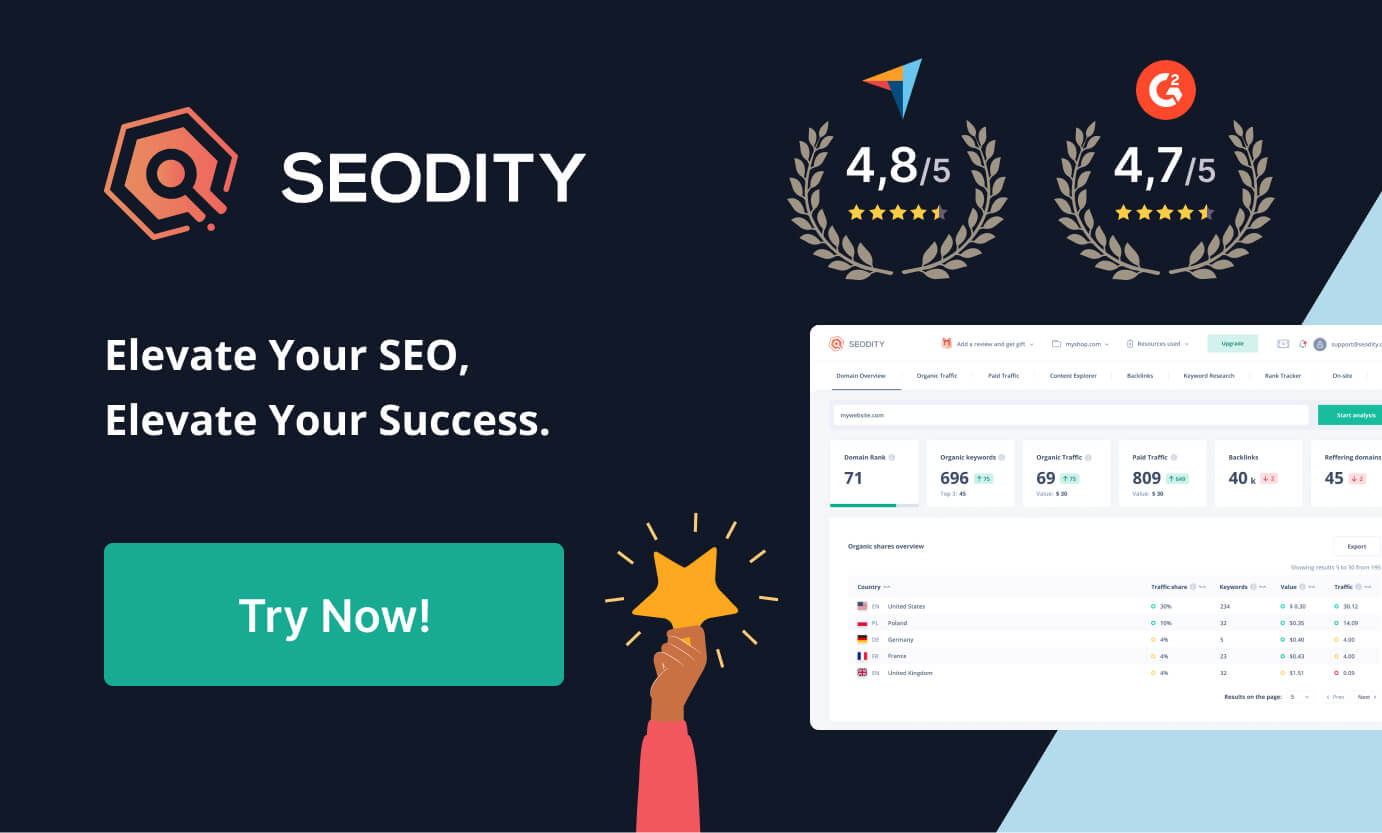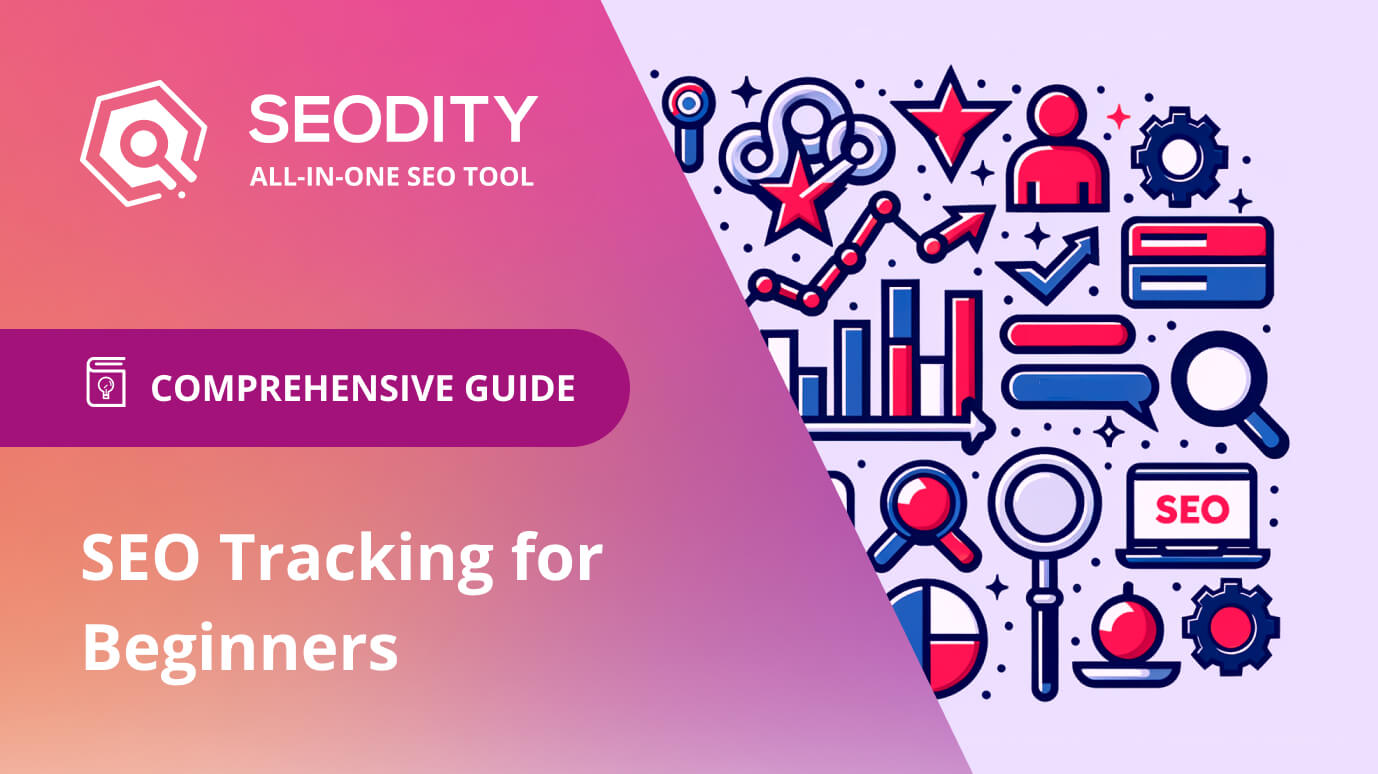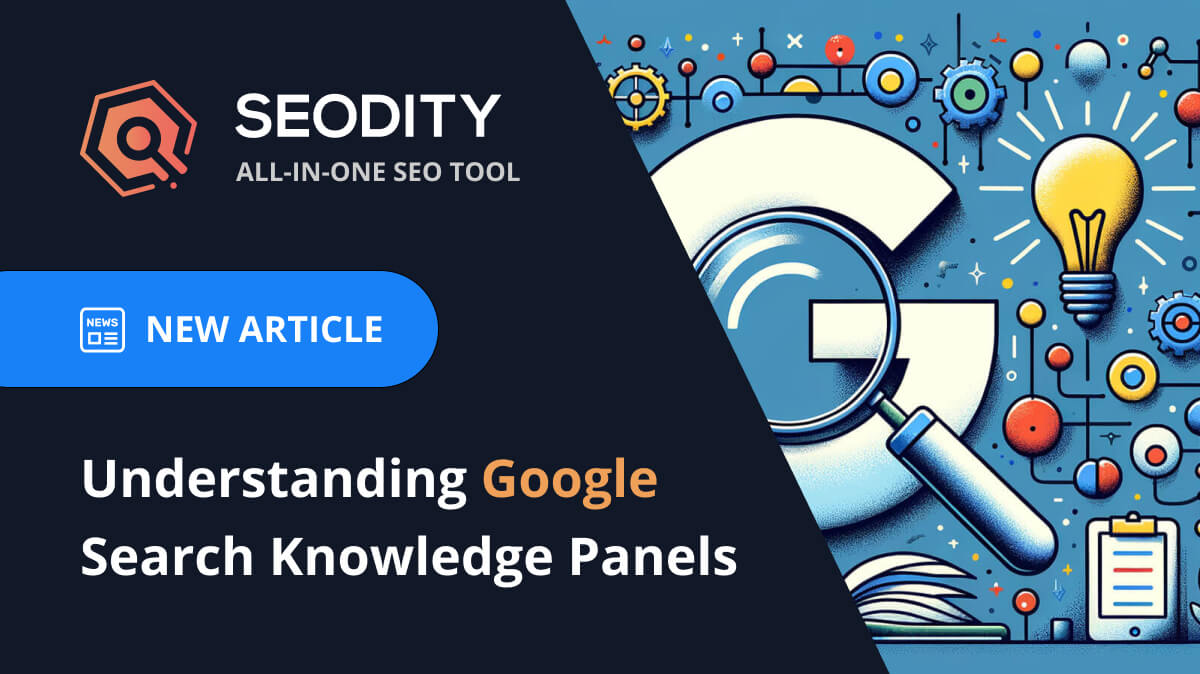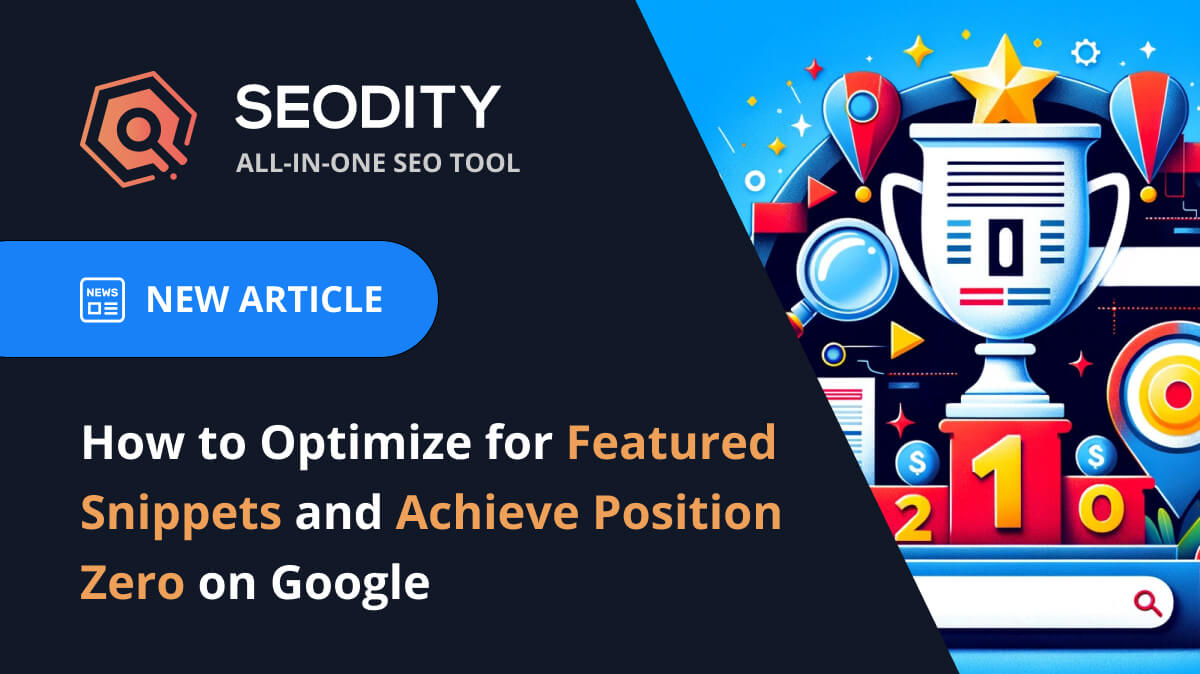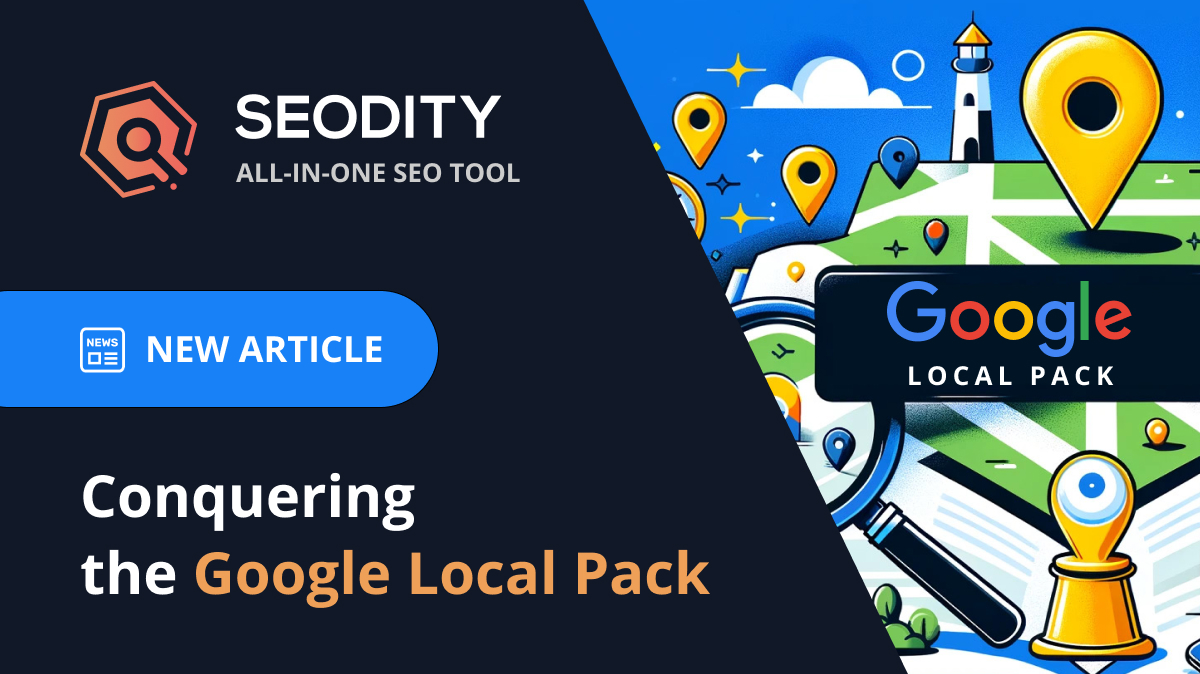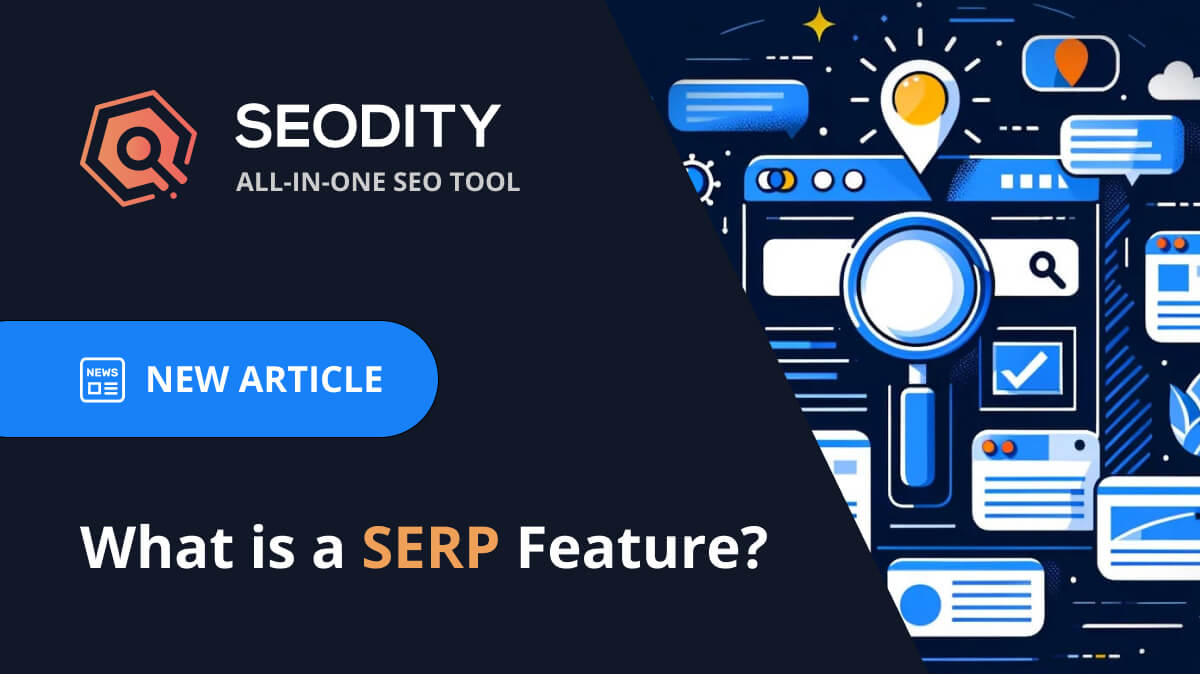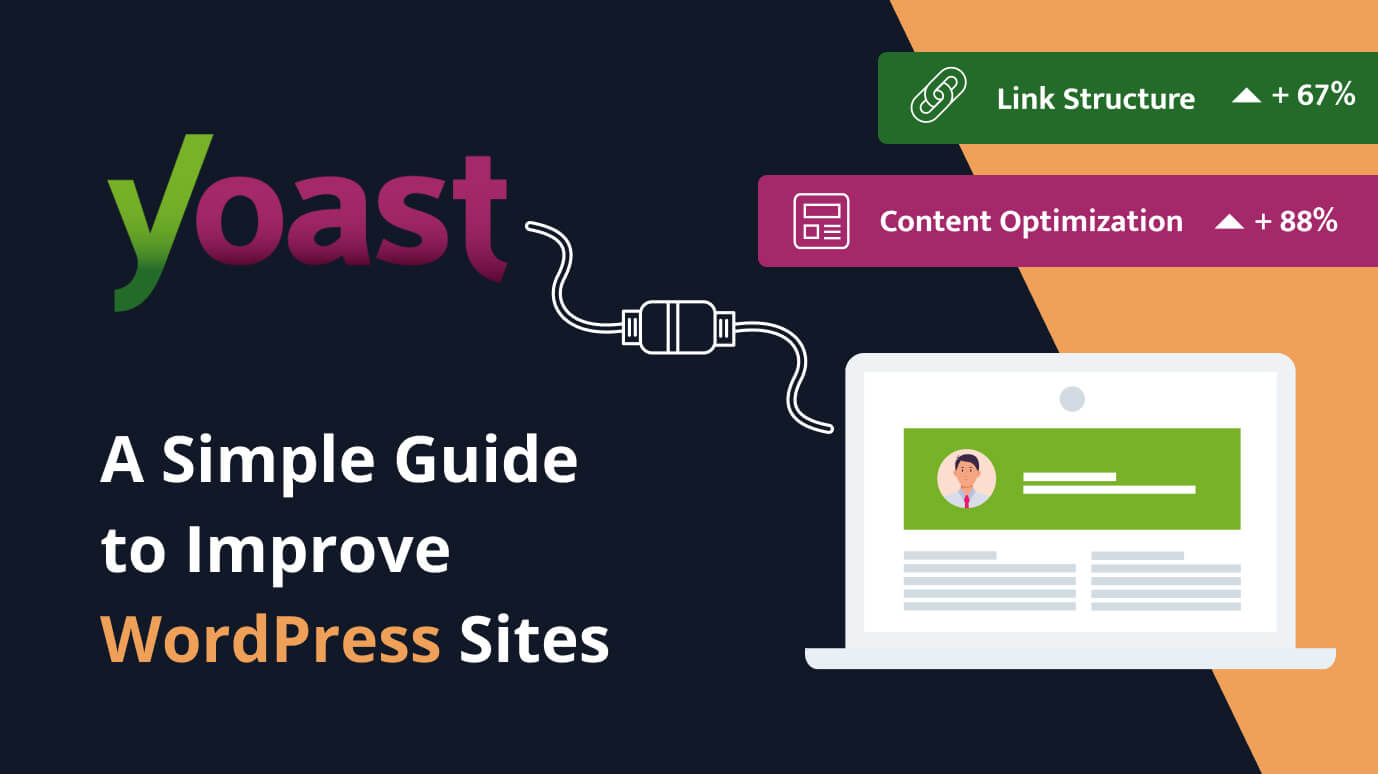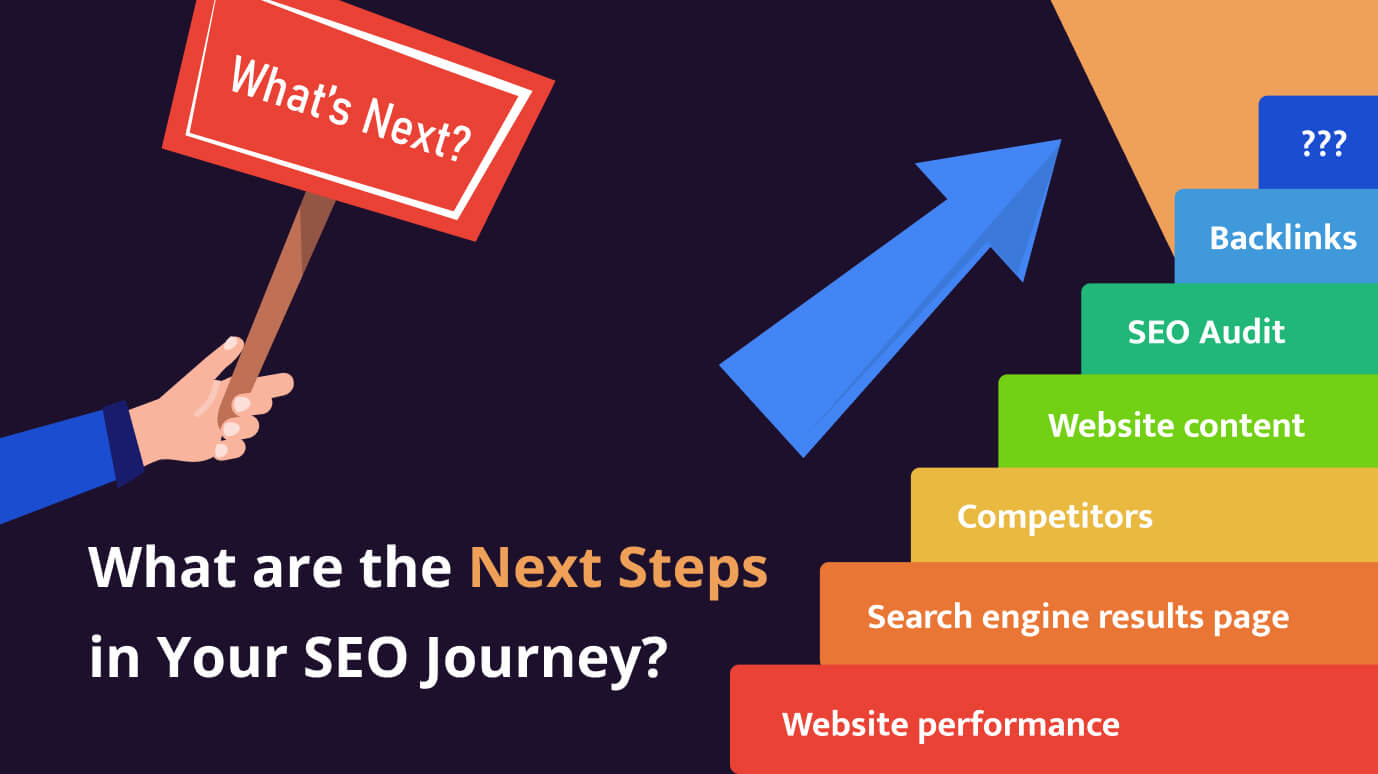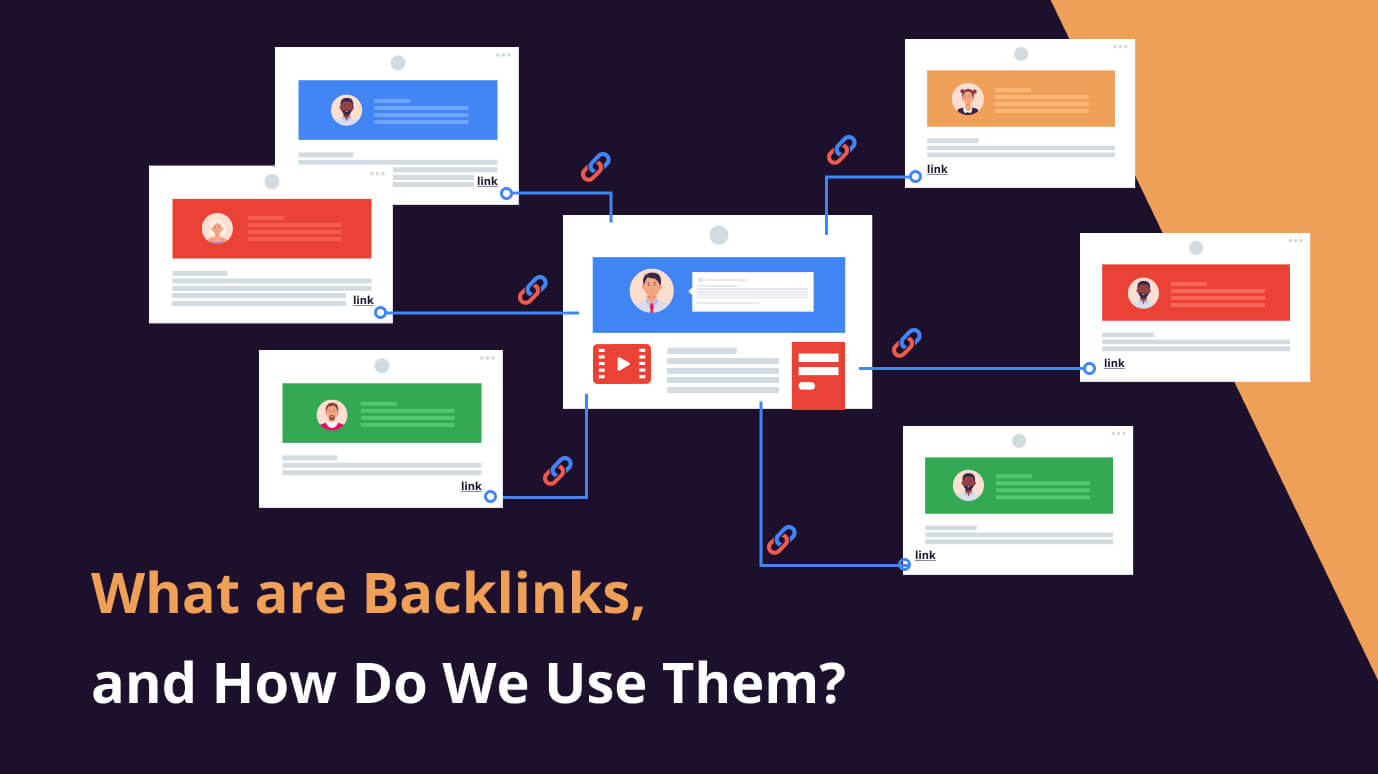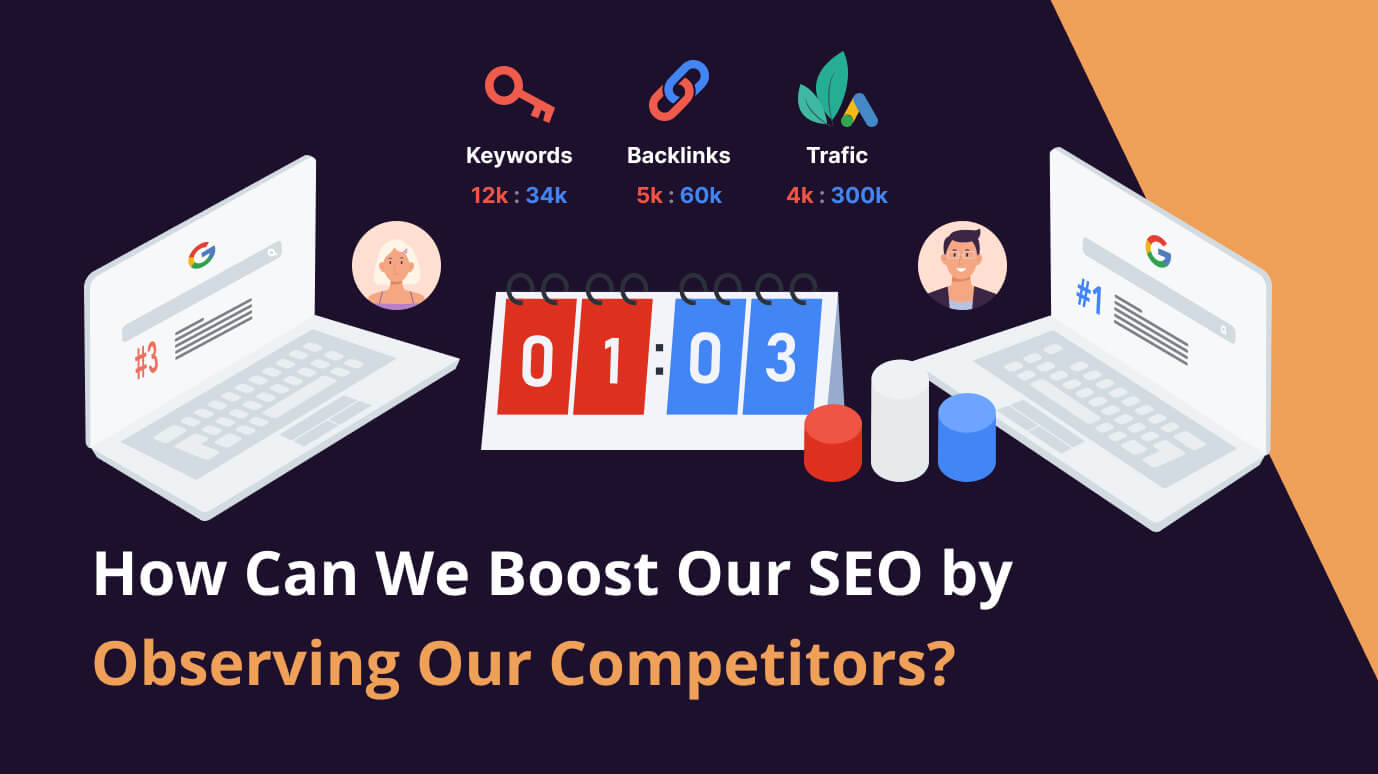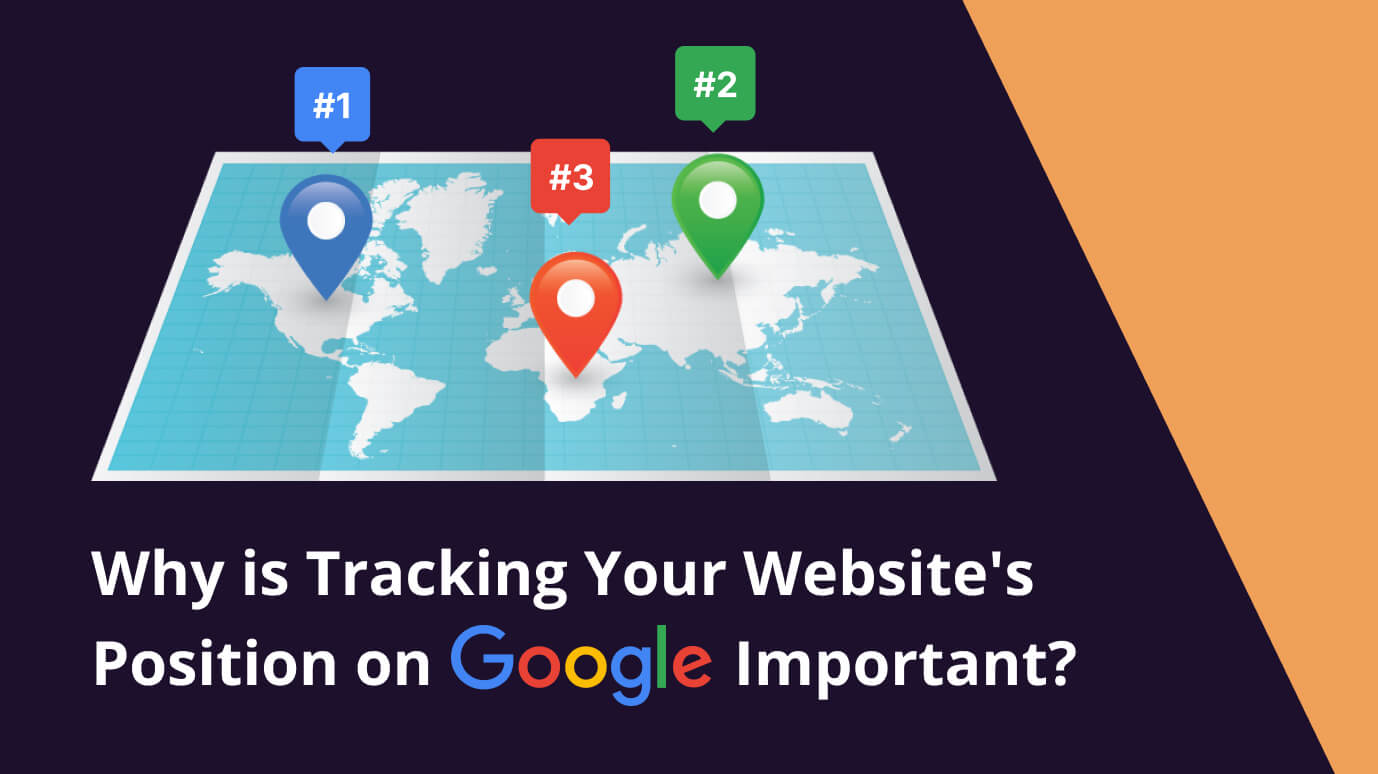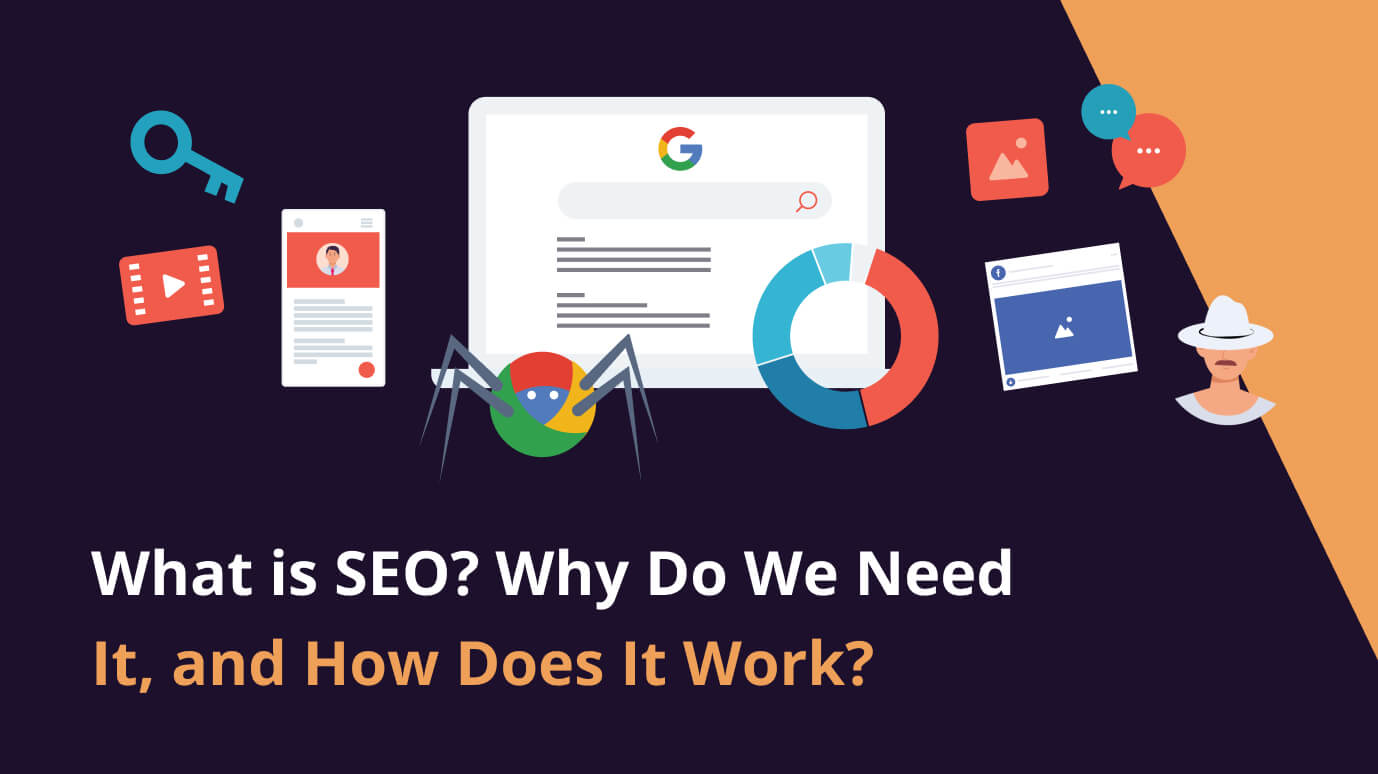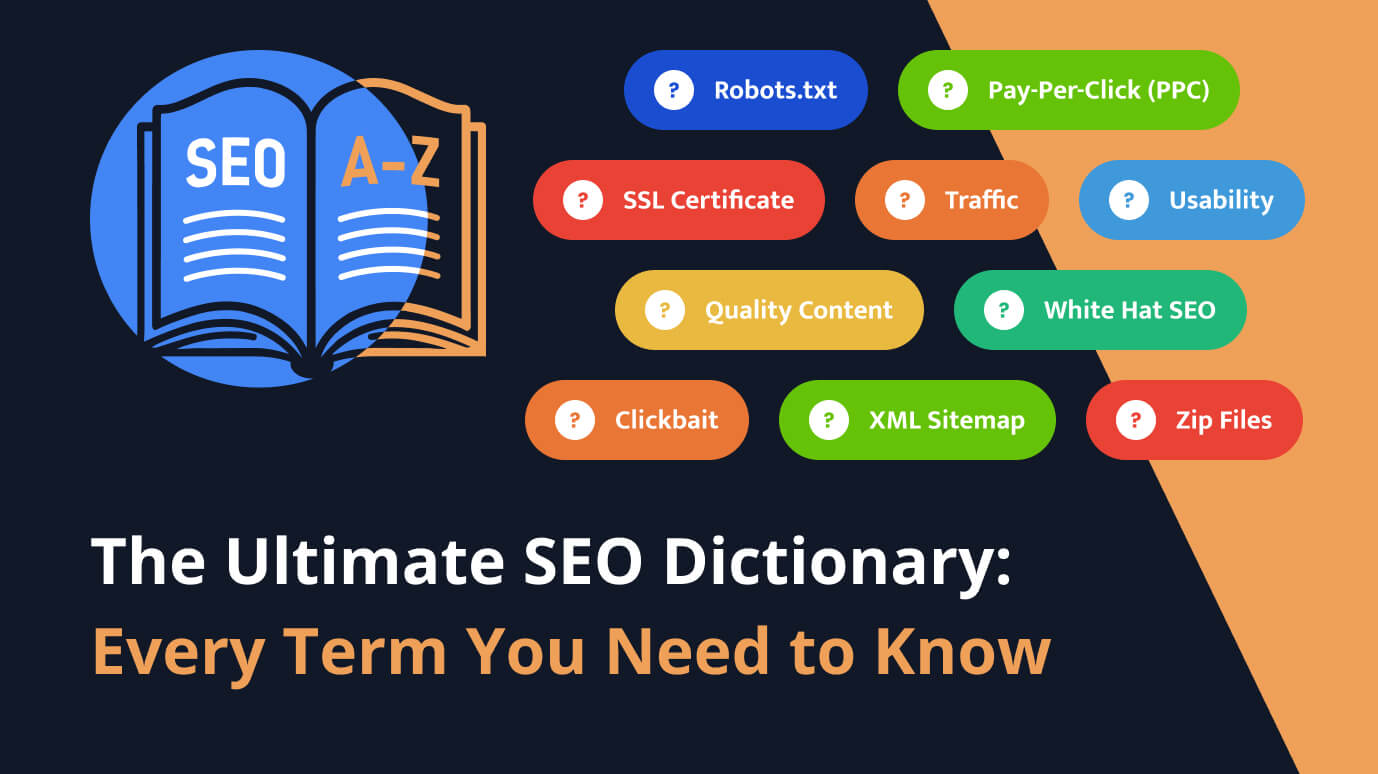
 8 min read
8 min readThe Ultimate SEO Dictionary: Every Term You Need to Know
Search engine optimization (SEO) can seem like an entirely new language for beginners and experienced professionals alike. With hundreds of terms, acronyms, and phrases, mastering this vocabulary is an ongoing process. This comprehensive SEO dictionary article decodes more than 200 of the most essential terms to elevate your understanding and success in the world of digital marketing.
Introduction to SEO Terminology
SEO is a multifaceted field encompassing various strategies to improve a website's visibility and ranking in search engine results pages (SERPs). But without a clear understanding of the language, you could find yourself confused and unable to implement the best practices that drive organic traffic.
Whether you're just starting your career in SEO or looking to brush up on the latest terms, this glossary will serve as your go-to reference. Let's dive into the A-Z of SEO.
A: Algorithm to Authority
- Above the Fold: The portion of a webpage visible before scrolling. Google's 2012 Page Layout Algorithm aimed to penalize sites with excessive above-the-fold ads.
- Asynchronous JavaScript and XML (AJAX): Programming that enables dynamic content updates without full page reloads, enhancing user experience.
- Algorithm: A search engine's complex program that retrieves data and ranks webpages based on various factors. Not all changes to algorithms are noticeable, but major updates can have swift and significant impacts.
- Alt Tags: HTML elements providing information about an image's contents, benefiting SEO and accessibility.
- Accelerated Mobile Pages (AMP): An HTML framework designed to speed up mobile page delivery. Though Google no longer requires AMP for top news carousel visibility, Core Web Vitals now play a key role in page performance.
- Analytics: The science of analyzing data to devise future strategies. Tools like Google Analytics offer insights into website performance and user behavior.
- Anchor Text: The clickable text in a hyperlink, providing context about the linked page's content.
B: B2B to Bounce Rate
- Business-to-Business (B2B) SEO: Optimization aimed at long buying cycles and professional decision-makers, often for higher-priced products or services.
- Business-to-Consumer (B2C) SEO: Optimization aimed at shorter buying cycles and a consumer audience, typically for lower-cost items.
- Baidu: The leading search engine in China, created by Robin Li and Eric Xu in January 2000.
- Bing: Microsoft's search engine, launched in June 2009, it has powered Yahoo's search results since 2010.
C: Cache to Customer Journey
- Cache: Temporary storage of web content to reduce load times on subsequent visits.
- Cascading Style Sheets (CSS): Stylesheet language that dictates how HTML elements should display on different devices.
- Citations: Online mentions of a brand's Name, Address, or Phone number (NAP), influencing local SEO rankings and visibility.
- Clickbait: Content with misleading headlines designed to generate clicks and advertising revenue.
- Click Depth: The number of clicks required to navigate from the home page to a particular page, affecting crawl efficiency and ranking potential.
D: Deep Link to Disavow Tool
- Deep Link: A direct link to a page other than the homepage, indicating content quality and assisting in site navigation.
- De-indexing: The removal of a webpage from a search engine's index, either temporarily or as a penalty for violating guidelines.
- Direct Traffic: Visitors who reach a site by typing the URL into the browser or through a bookmark; classified as such in Google Analytics.
E: E-A-T to Engagement Metrics
- Expertise, Authoritativeness, and Trustworthiness (E-A-T): Qualities that signify the credibility of content, especially in YMYL niches like finance and health. While not a direct ranking factor, E-A-T is crucial for building trust and authenticity.
F: Footer Links to Freshness
- Footer Links: Links located in the website's footer section, which can provide site-wide access to important pages but must be used mindfully to avoid any appearance of manipulation.
- Freshness: The concept that recent content may receive a ranking boost for specific queries, such as news or event-related searches.
G: Google to .gov Links
- Google: The most popular search engine, founded in 1998 by Larry Page and Sergey Brin, renowned for its powerful algorithms and user-friendly interface.
H: HTML to HTTP/HTTPS
- HTML (HyperText Markup Language): The standard language used to create webpages and applications. It forms the structural elements of all websites.
- HTTP/HTTPS (Hypertext Transfer Protocol/Secure): HTTP is the foundation of data communication on the web, while HTTPS adds a layer of security through encryption, with SEO benefits including improved trust and potentially better rankings.
I: Indexing to Internal Links
- Indexing: The process of adding webpages to a search engine's index so they can be retrieved in search results.
- Internal Links: Hyperlinks that connect one page of a website to a different page on the same site, helping with navigation and distributing page authority throughout the site.
J: JavaScript to JSON-LD
- JavaScript: A programming language that enables dynamic content and interactivity on websites, it’s essential for SEOs to ensure search engines can properly crawl and index JavaScript-based content.
- JSON-LD (JavaScript Object Notation for Linked Data): A method of encoding linked data using JSON, it's commonly used for structuring data like schema markup on webpages.
K: Keywords to Knowledge Graph
- Keywords: Words or phrases that users enter into search engines, representing the concepts and topics a webpage aims to rank for.
- Knowledge Graph: Google's database of entities and factual information, presented in an auxiliary box or panel on the search results page to satisfy user queries quickly and accurately.
L: Link Building to Local SEO
- Link Building: The practice of obtaining hyperlinks from other websites to your own to improve search visibility and authority.
- Local SEO: Optimizing a business online to appear in local search results, vital for brick-and-mortar businesses and service providers.
M: Metadata to Mobile-First Indexing
- Metadata: Information in the HTML of a webpage that provides search engines with details about that page's content. Includes elements like title tags and meta descriptions.
- Mobile-First Indexing: Google's practice of using the mobile version of content for indexing and ranking, reflecting the majority of users' shift to mobile browsing.
N: NAP to Noindex Tag
- NAP (Name, Address, Phone Number): Consistent NAP information across the web helps improve a business's local search rankings.
- Noindex Tag: An HTML tag used to tell search engines not to include a particular page in their indexes, effectively keeping it out of search results.
O: Organic Search to Outbound Links
- Organic Search: Unpaid positions in SERPs, derived from the search engine's algorithm, as opposed to paid advertising spots.
- Outbound Links: Links that take you from one site to another. They can provide context and additional information resources, influencing the authority and trust of your website.
P: Page Authority to PPC
- Page Authority (PA): A metric measuring the likelihood of a single page to rank in search results, calculated based on various link metrics.
- Pay-Per-Click (PPC): An advertising model where advertisers pay a fee each time one of their ads is clicked, complementary to SEO but focused on paid traffic.
Q: Query to Quality Content
- Query: The word or set of words that a user types into a search engine's search box.
- Quality Content: Content that provides real value to users, answering questions, solving problems or fulfilling needs, and crucial for good SEO.
R: RankBrain to Robots.txt
- RankBrain: Google's AI algorithm that assists in processing search results, contributing to a more refined search experience.
- Robots.txt: A file on a website that tells search engines which pages should not be indexed, guiding bots during the crawling process.
S: Schema Markup to SSL Certificate
- Schema Markup: Code on a website that provides search engines with detailed information and helps to display rich snippets in SERPs.
- SSL Certificate: A digital certificate that provides secure, encrypted communications between a website and an internet browser, contributing to HTTPS and increased website security.
T: Title Tags to TrustRank
- Title Tags: HTML elements that specify the title of a web page, displayed on search engine results pages (SERPs) as the clickable headline for a given result, and are critical for usability, SEO, and social sharing.
- Traffic: Refers to the visitors who come to a website, viewed through the lens of quantity and quality, it is a cornerstone for measuring SEO success.
- TrustRank: A method for separating useful webpages from spam, assessing the trustworthiness of a page based on its link relationships with other trusted sites.
U: URL to Usability
- URL (Uniform Resource Locator): The address of a web page on the web, which can impact SEO through structure, keyword usage, and relevance to the page content.
- Usability: How user-friendly a website is, which includes elements like navigation ease, load times, and mobile-friendliness – all factors that indirectly affect SEO by influencing user experience and retention.
V: Vertical Search to Volume
- Vertical Search: Niche-specific searches that occur within a specific segment or type of content, such as images, videos, news, or industry-specific databases.
- Volume: In keyword research, it refers to the number of searches a particular keyword receives within a given timeframe, informing the potential traffic a well-ranked page might obtain.
W: White Hat SEO to WWW
- White Hat SEO: Ethical SEO practices that adhere to search engine guidelines and policies, focusing on providing users with the best content and user experience.
- WWW (World Wide Web): The interconnected system of hypertext documents accessed through the internet, where SEO plays a vital role in ensuring the visibility and accessibility of content.
X: XML Sitemap to XHTML
- XML Sitemap: A file that helps search engines understand your website structure, enabling more efficient crawling and indexing of web pages.
- XHTML (Extensible Hypertext Markup Language): A hybrid between HTML and XML that is more rigid in syntax and widely used to effectively display web pages across different browsers.
Y: Yandex to YouTube SEO
- Yandex: A Russian multinational company that operates a search engine, providing services like Yandex Metrica similar to Google Analytics.
- YouTube SEO: The process of optimizing your videos and channel to increase visibility and rankings on YouTube, which includes keyword research, proper tagging, and engagement metrics like likes and shares.
Z: Zero-click Searches to Zip Files
- Zero-click Searches: Search queries that are answered directly on the SERP, so the user doesn't need to click through to a website, posing challenges and opportunities in SEO.
- Zip Files: Compressed files used for quicker download speeds, can affect website load times if not managed properly, an important aspect of technical SEO.

Marcin is co-founder of Seodity
.svg)
